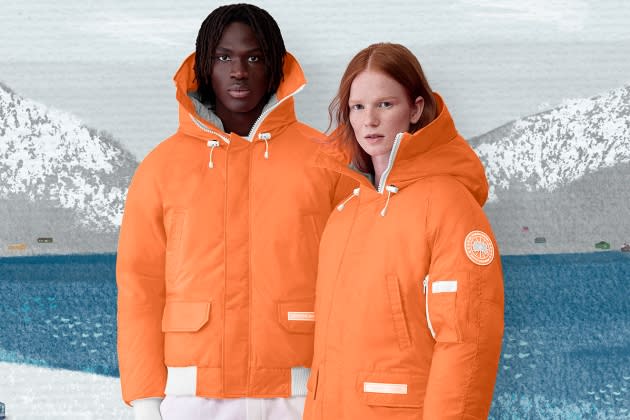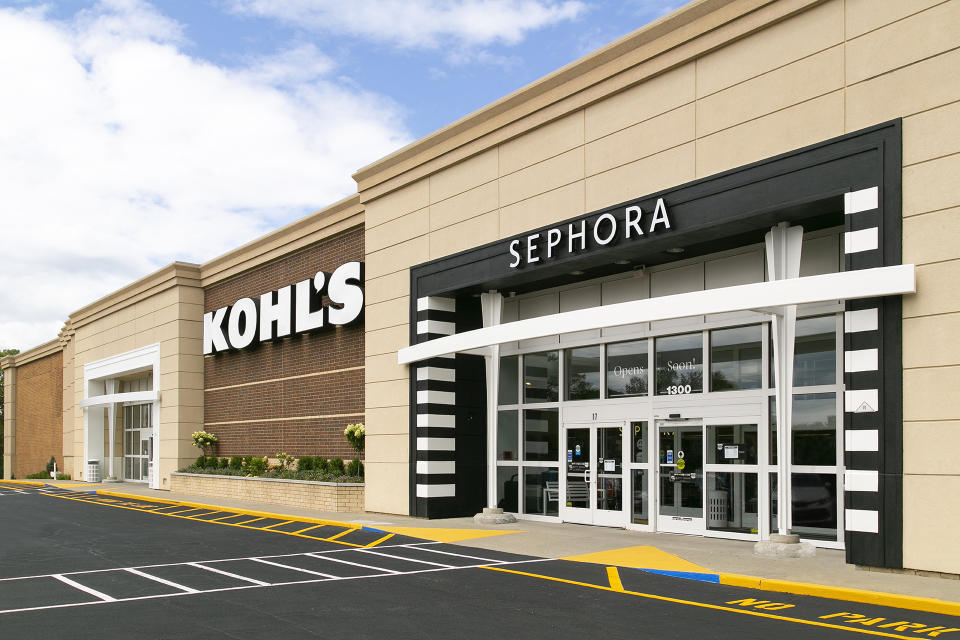Top Consumer Executives Buck Up Investors at Goldman Conference

Chief executive officers in fashion and the consumer sector generally are glass-half-full kind of people, especially when they get in front of Wall Street.
And that optimism was on full display at the Goldman Sachs 29th Annual Global Retailing Conference on Wednesday, where CEOs looked the second half squarely in the eye and said, in one way or another, “We’ve got this.”
More from WWD
Still, there’s a lot on the average CEO’s plate right now, with inflation forcing consumers to pick and choose, with war waging in Europe, the supply chain still catching up from COVID-19 delays and more.
Here’s what consumers and the second half look like from the C-suite.
Dollar General
“The customer is still gainfully employed and that is great to see,” said Todd Vasos, who has been CEO of Dollar General Corp. since 2015 and is transitioning out in November.
But shoppers are also having a tough time with inflation in products, gasoline, rents and soon will feel the pinch in heating and fuel oil.
“So we’re seeing [consumers] shop much more intentionally, much closer to need,” Vasos said. “And she’s acting just like we thought she would. She comes more often and she buys less on each occasion, because she doesn’t know what the next week will hold. So she won’t invest in buy, if you will, and anticipate her needs for her family for the next week. She’ll come the next week and make those purchases.”

Kohl’s
Kohl’s Corp. has lowered its guidance for the year, working to reduce excess inventories while escalating price promotions amid softening consumer demand. Yet for Christmas the Menomonee Falls, Wisconsin-based retailer is banking on Sephora, heightened gifting, increased cross-category shopping, less confusing pricing and more fashion newness to bring in the crowds.
Jill Timm, chief financial officer, said the firm’s holiday strategy involves “leaning into value” and that for the short-term, Kohl’s is “managing down inventory and being more promotional.”
She called Sephora “a game changer” and said that the beauty retailer will be in 600 Kohl’s in time for holiday. According to Timm, the most important takeaways from Sephora is that it’s been driving more traffic into the stores, including “a new and more diverse customer,” and driving sales up mid to high single digits at stores that have Sephora shops. “Fifty percent of those buying Sephora are putting another item in their basket,” typically in women’s, active or home categories, and at the stores that have Sephora.
David Kimbell, CEO of Ulta Beauty Inc., said his business hasn’t seen any real impact so far — and that beauty tends to be resilient in times of trouble — but is nonetheless watching shoppers closely.
“We’re watching very closely to see how our guests will engage in beauty and how that could translate to potential impacts on our business,” Kimbell said. “We’re looking at traffic trends, spend per member trends. We’re watching that carefully, adjusting our business model, anticipating some promotional activity, elevating … and making sure that we’re doing everything we can to take care of our guests.”
Canada Goose Holdings has been going from strength to strength, but as its growth story broadens, China is playing a key role.
And Dani Reiss, chairman and CEO, who built the modern version of the company and took it public in 2017, said the prospects are still good, despite recent COVID-19 lockdowns.
“Our Chinese business, the underlying business is very healthy,” Reiss said. “The consumers … love Canada Goose, they’re interested in Canada Goose and, and they want to buy Canada Goose. And so, in a normal operating environment, I’m very confident in our ability and our ability to perform in China.”
Urban Outfitters
Frank Conforti, co-president and chief operating officer of Urban Outfitters Inc., noted that, for all the change the consumers have seen, they are still evolving.
“I don’t think people are back to work to where it’s going to be a year from now, personally, and I think people are just getting happy and used to going back out and are still adjusting their wardrobes,” Conforti said. “And I just don’t think that that happens overnight. So, I think we still believe that fashion and, sort of, the social calendar is going to continue to drive business into next year.”
Carter’s Inc.
And looking further into the future, Mike Casey, chairman and CEO of childrenswear specialist Carter’s Inc., sees promising post-COVID-19 trends.
“So we saw during the pandemic there was a reversal of a 14-year trend of declining births in the United States,” Casey said. “And economists had projected 300,000 to 500,000 fewer births in 2021 because of the pandemic. Thankfully, they were wrong. There was actually an increase in births last year and we’ve seen four consecutive quarters of an increase in births in the United States, which is good, good for our company…good for our country.”
Sign up for WWD's Newsletter. For the latest news, follow us on Twitter, Facebook, and Instagram.
RSVP for "A Matter of Style", a Fairchild Archive exhibition September 9-10 in New York City.


